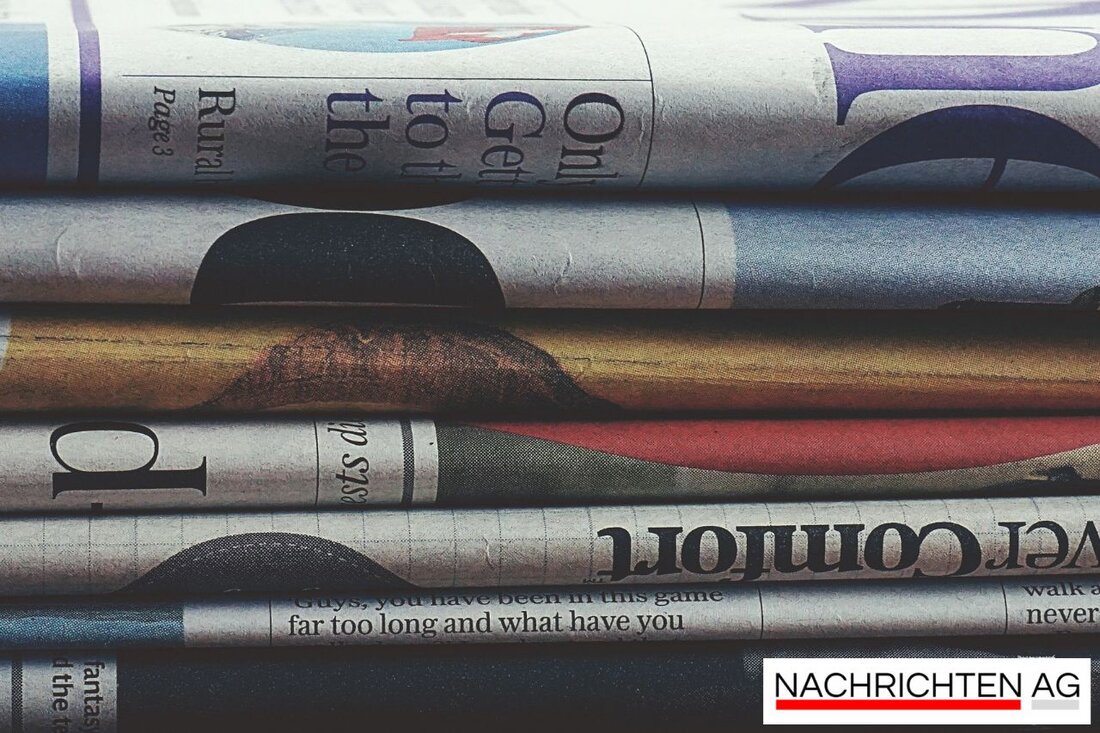From the coalfield to the sheep park: Riesa relies on green energy!
In Riesa, sheep maintain open spaces under a photovoltaic system, a model for the transition to renewable energy.

From the coalfield to the sheep park: Riesa relies on green energy!
A lot has happened in the Weida district of Riesa! Where coal was once stored and traded, solar systems are now sprouting up. This green transition has been supported for about two years by a photovoltaic system on Rostocker Straße, which is busy generating electricity. What is particularly exciting is that a flock of sheep looks after the open spaces. This is not only an interesting combination of agriculture and renewable energy, but also a good example of the transition from fossil to sustainable forms of energy. René Röthig, Managing Director of Stadtwerke, sees this as a strong symbol of this necessary change that we should all strive for.
The sheep of a regional shepherd take over the natural care of the areas and ensure that the vegetation is kept in check. This also promotes biodiversity. The wildlife particularly benefits: sand lizards had already settled on the site before the PV system was built. Thanks to extensive grazing, they find an ideal environment, which significantly improves their living space. Shepherd Robert Hoffmann is enthusiastic about the area and confirms the advantages: “It is good pasture for my sheep!”
Agri-photovoltaics as a future model
In the series of projects that promote the transition to renewables, the concept of agri-photovoltaics is also very popular. This innovative model combines agricultural production with the generation of renewable electricity on the same land. Federal Minister Bettina Stark-Watzinger and Federal Minister Cem Özdemir support this initiative, which not only increases the efficiency of land use but also contributes to reducing water consumption in agriculture. It's a real win for everyone!
The current guide to agri-photovoltaics provides valuable information about the possibilities, advantages and technological status of this method. With electricity production costs between 7 and 12 euro cents per kWh, Agri-PV is not only innovative but also economically attractive. It also creates stable additional sources of income for the companies and increases their resilience to crop failures. Early citizen engagement is crucial for the success of the implementation of such projects.
The path to a green future
The success of these green initiatives shows how important it is to leave old ways of thinking behind and explore new paths. Agri-photovoltaics offers a refreshing perspective, while the sheep herd in Riesa is a living example of the synergy between animal husbandry and renewable energy. Whether in Riesa or elsewhere – the path to a more sustainable future is paved with creative ideas and innovative approaches that we can only welcome.
Check out these exciting developments: Sächsische reports on the sheep herd in Riesa and find out more about the potential of agri-photovoltaics in the Fraunhofer study.

 Suche
Suche
 Mein Konto
Mein Konto